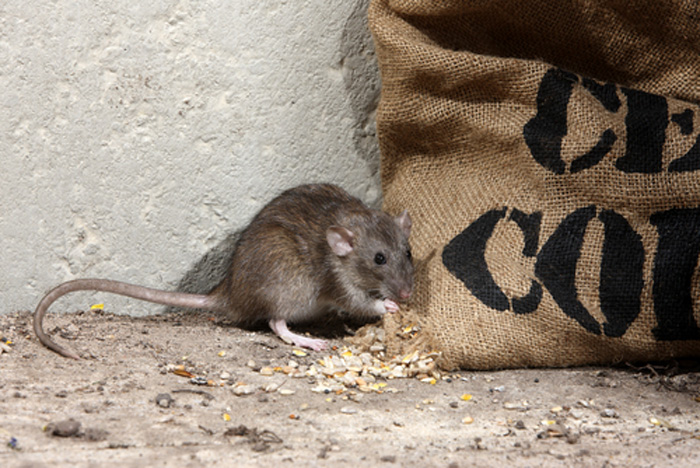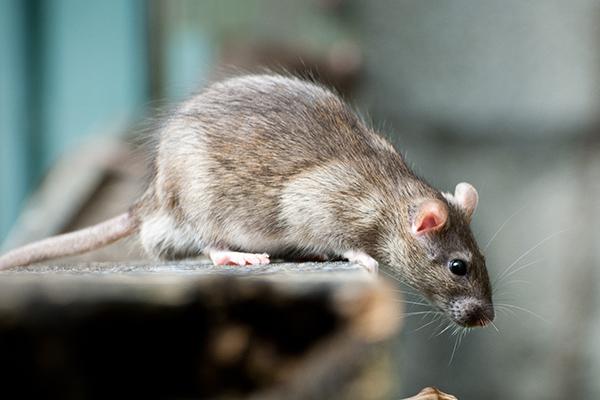Commercial Pest Threat Detection: Safeguarding Spaces
Share
In the bustling realm of business, maintaining a pristine and safe environment is paramount. One of the most pressing concerns for businesses today is the challenge posed by pests. This is where commercial pest threat detection comes into play, acting as a crucial line of defense in safeguarding commercial spaces from unwanted intruders.
Pests are not just a minor inconvenience; they can pose significant threats to both property and health. The ability to detect these threats early can save businesses substantial amounts of money and protect their reputations. In this article, we'll delve into the methods, technologies, and best practices for effective commercial pest threat detection.

The Importance of Early Detection
Early pest detection is akin to nipping a problem in the bud. By identifying infestations before they escalate, businesses can avoid extensive damage and costly remediation efforts. Pests such as rodents, insects, and birds can wreak havoc on commercial properties, leading to structural damage, contamination, and health hazards.
Advanced detection systems allow businesses to monitor their environments continuously, ensuring that any signs of pest activity are captured and addressed promptly. This proactive approach is essential in industries such as food processing and storage, where the presence of pests can lead to severe regulatory repercussions.
Technological Advancements in Pest Detection
In recent years, technology has played a pivotal role in revolutionizing pest detection. Modern pest management systems are equipped with smart sensors and AI-driven analytics that provide real-time data on pest activity. These systems can detect even the slightest signs of pest presence, offering businesses a comprehensive view of their pest control status.
For instance, some businesses have integrated smart pest technology into their operations. These technologies use IoT devices to monitor pest activity and alert facility managers instantly. This level of automation ensures that no pest goes unnoticed, allowing for swift intervention.
Smart Sensors and AI in Detection
Smart sensors are the backbone of modern pest detection systems. These sensors can be strategically placed throughout a facility to monitor for pest-related cues, such as movement or droppings. When combined with AI algorithms, these sensors can differentiate between harmless environmental changes and actual pest threats.
AI-enhanced systems can learn from past data, improving the accuracy of detection over time. This means fewer false alarms and more reliable pest management solutions. Businesses leveraging such technology can maintain a pest-free environment with minimal manual intervention.
Integrating Pest Detection with Business Operations
For commercial pest threat detection to be truly effective, it must be seamlessly integrated into a business's operations. This involves training staff to recognize signs of pest activity and understanding the protocols for responding to pest threats. By fostering a culture of vigilance, businesses can ensure that their pest control measures are continuously optimized.
Moreover, integrating pest detection systems with other business management tools can enhance overall operational efficiency. For instance, linking pest alerts to maintenance schedules ensures that potential entry points are sealed promptly, preventing future infestations.
Businesses can benefit from exploring resources like AI for pest management to understand how these technologies can be adapted for commercial use.
Choosing the Right Pest Detection System
With a plethora of options available, selecting the right pest detection system can be daunting. Businesses should consider their specific needs and the types of pests they are most likely to encounter. Factors such as the size of the facility, the nature of operations, and budget constraints should also play a role in decision-making.
Consulting with pest control experts can provide valuable insights into the most suitable solutions. Additionally, exploring case studies from other businesses in similar industries can offer guidance on effective pest management practices.
Resources like warehouse rodent control provide detailed information on managing specific pest challenges, which can be instrumental in choosing the right system.

Frequently Asked Questions
What are the common signs of a pest infestation?
Common signs include droppings, gnaw marks, nesting materials, and unusual noises. Regular inspections and monitoring can help in early detection.
Can technology completely eliminate the need for manual pest control?
While technology greatly enhances detection and monitoring, manual intervention is often required for extermination and prevention measures. A combination of both is ideal.
How often should commercial spaces undergo pest inspections?
This depends on the industry and location, but quarterly inspections are generally recommended. High-risk areas may require more frequent checks.
This article contains affiliate links. We may earn a commission at no extra cost to you.
